Massachusetts has always been a magnet for travelers seeking history, culture, and coastal beauty. But as visitor numbers climb year after year, the state’s authentic character is starting to shift. If you’re planning a trip to Massachusetts, understanding how tourism affects local communities can help you travel more thoughtfully and preserve what makes this place special.
1. Erosion of Local Identity
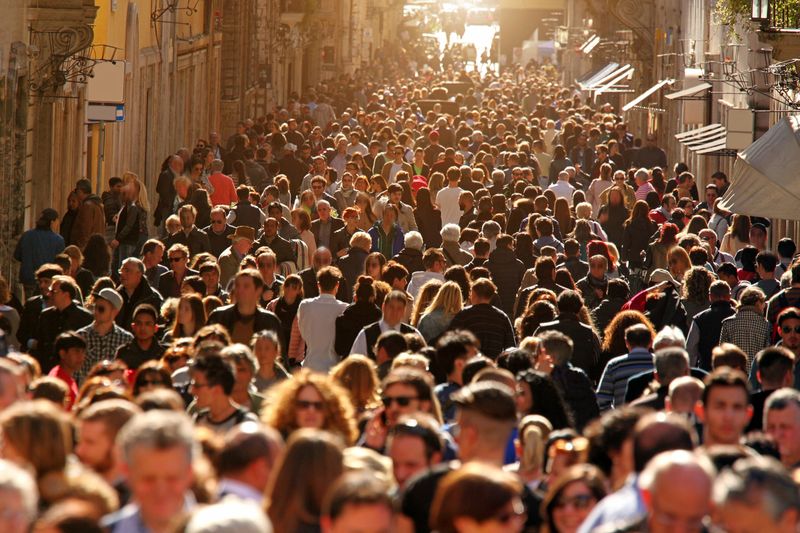
Long-time Massachusetts residents increasingly feel like strangers in their own hometowns. Favorite coffee shops now cater exclusively to visitors with inflated prices. Community events get overshadowed by tourist-focused festivals. Neighbors move away, replaced by vacation rental guests who stay briefly and never become part of the community fabric.
This disconnection runs deeper than inconvenience. When tourism dominates local economy and culture, residents lose their sense of place and belonging. Young people grow up in communities that don’t reflect their heritage but rather exist to serve outsiders. The intangible qualities that made Massachusetts towns feel like home gradually disappear.
As a visitor, you can help by respecting residential neighborhoods, supporting year-round businesses, and engaging authentically with locals. Remember you’re a guest in someone’s home community, not just a customer in a tourism destination.
2. Rising Housing Costs and Resident Displacement
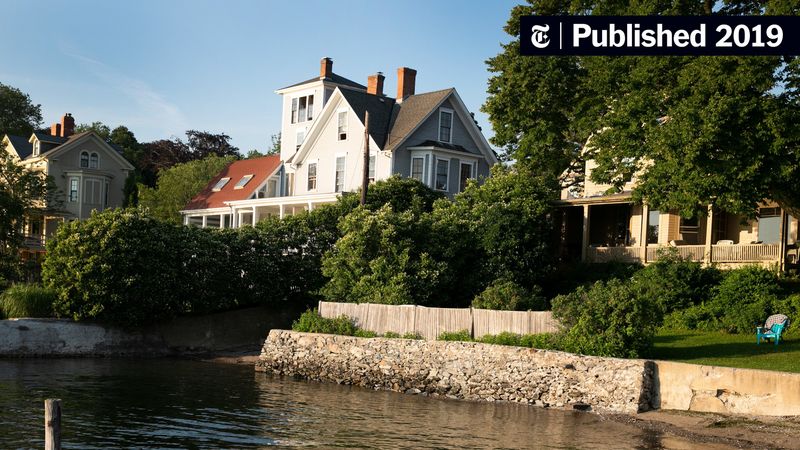
Short-term vacation rentals have transformed Massachusetts neighborhoods, but not always for the better. Property owners in popular areas like Cape Cod and the Berkshires are converting long-term housing into Airbnb rentals, driving prices beyond what locals can afford. Young families and longtime residents find themselves priced out of communities their families have called home for generations.
When you visit Massachusetts, consider staying at locally-owned inns or hotels instead of short-term rentals. Supporting traditional accommodations helps maintain housing availability for residents. Ask your hosts about their connection to the community and seek out businesses that prioritize local employment and sustainable practices that benefit year-round neighbors.
3. Overcrowding and Infrastructure Strain
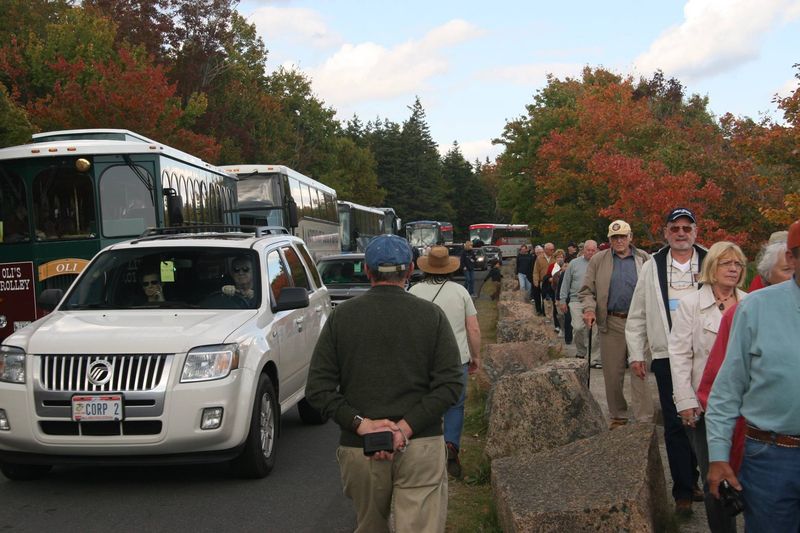
Picture a quaint fishing village with narrow cobblestone streets built centuries ago. Now imagine thousands of cruise ship passengers arriving simultaneously. Towns like Gloucester and Rockport face exactly this challenge during peak season.
Roads designed for horse-drawn carriages now handle tour buses and rental cars. Parking becomes nearly impossible, and public restrooms struggle to accommodate demand. Local emergency services can experience delays navigating congested streets. If you’re visiting Massachusetts, travel during shoulder seasons like late spring or early fall when crowds thin out.
Explore lesser-known destinations beyond the typical tourist trail. Small towns like Newburyport or Marblehead offer authentic experiences without overwhelming their infrastructure. Plan visits to popular sites early in the morning or later in the afternoon to avoid peak congestion.
4. Cultural Commercialization
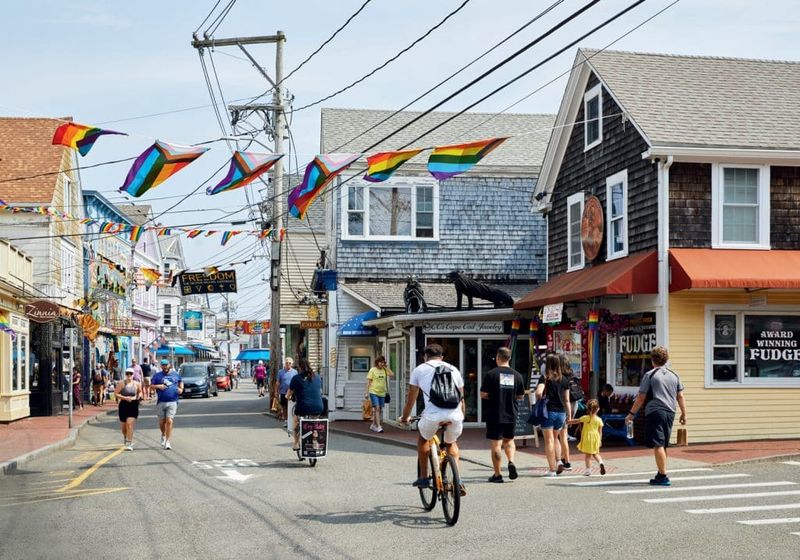
Walk through some Massachusetts towns today and you’ll notice something feels different. Traditional lobster shacks now serve Instagram-worthy meals at premium prices. Historic sites package experiences specifically for tourists, sometimes glossing over complex histories in favor of simplified narratives that sell better.
Cape Cod’s authentic fishing culture increasingly gives way to commercialized seaside attractions. The Berkshires’ artistic heritage gets repackaged for weekend visitors rather than fostering genuine local creativity. While tourism brings economic benefits, it can dilute the very culture that made these places worth visiting originally.
Before you plan your trip, seek out authentic cultural experiences. Attend local theater productions, visit working farms, and patronize restaurants where locals actually eat, not just tourist hotspots.
5. Displacement of Local Businesses
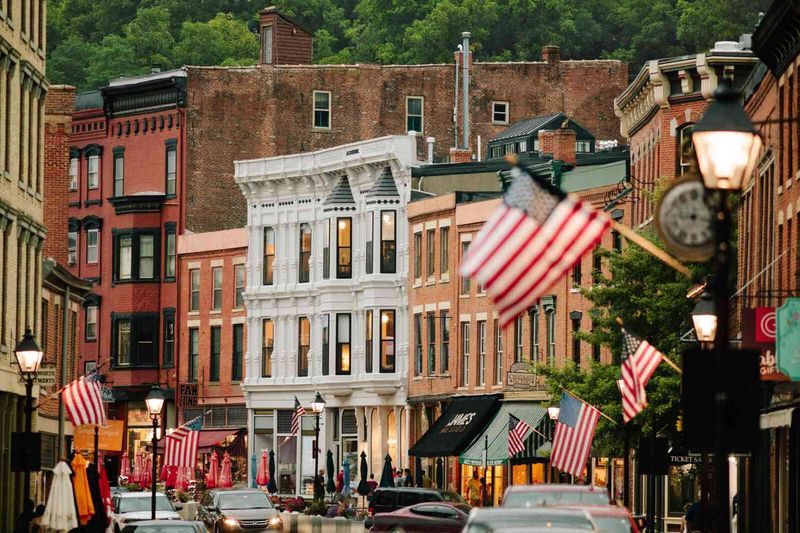
Family-owned bookstores, hardware shops, and diners that served communities for decades are disappearing. In their place, national chains and tourist-focused boutiques offer the same products you could find anywhere. The unique character that distinguished Massachusetts towns from one another fades with each closure.
Rising rents driven by tourism demand make it impossible for modest local businesses to compete. A bakery that served the same families for three generations can’t match what a souvenir shop can pay in rent. The economic math simply doesn’t work for traditional Main Street businesses anymore in heavily touristed areas.
You can make a difference by intentionally supporting local establishments. Eat at family-run restaurants, shop at independent stores, and ask locals for recommendations rather than relying solely on tourist guides.
6. Increased Noise and Pollution
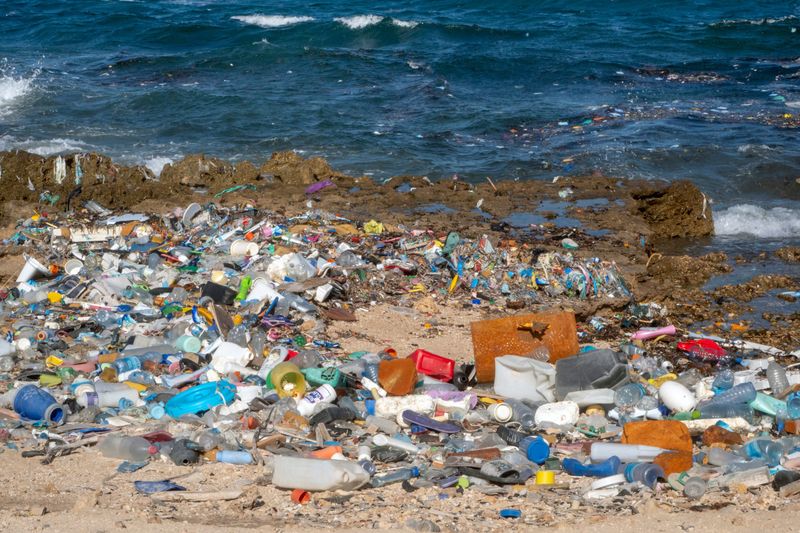
Peaceful residential neighborhoods now experience constant traffic noise from tour buses and rental cars navigating GPS routes. Coastal areas face increased air and water pollution from boats, watercraft, and beachgoers. Even Massachusetts’ famous fall foliage destinations suffer from exhaust fumes and roadside litter during peak leaf-peeping season.
Natural areas like state parks and beaches show signs of wear from heavy foot traffic and improper waste disposal. Wildlife habitats face disruption, and the tranquil atmosphere that once defined these spaces diminishes. Noise pollution affects both human residents and animal populations trying to coexist with growing visitor numbers.
Travel responsibly by using public transportation when possible, disposing of waste properly, and respecting quiet hours in residential areas. Consider visiting less-traveled natural areas where your environmental impact will be minimal.
7. Homogenization of Urban Aesthetics
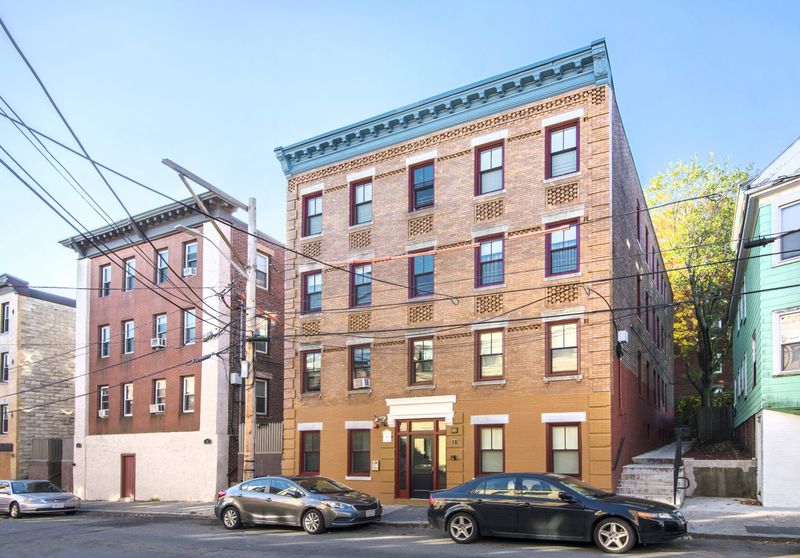
Historic districts across Massachusetts once showcased distinct architectural personalities reflecting their unique histories. Today, development catering to tourist expectations creates a sameness that could be anywhere. Federal-style homes get converted into boutique hotels with trendy modern interiors that erase historical character. Waterfront areas undergo renovations favoring contemporary aesthetics over preservation.
Boston’s neighborhoods, Salem’s historic streets, and even small town centers face pressure to modernize for visitor appeal. The quirky, imperfect charm that made each place distinctive gets smoothed away in favor of polished, photogenic spaces designed for social media. What remains looks appealing but lacks authentic soul.
When exploring Massachusetts, appreciate and support preservation efforts. Visit historical societies, tour authentically restored buildings, and advocate for thoughtful development that respects architectural heritage rather than erasing it for contemporary convenience.
8. Strain on Natural Resources
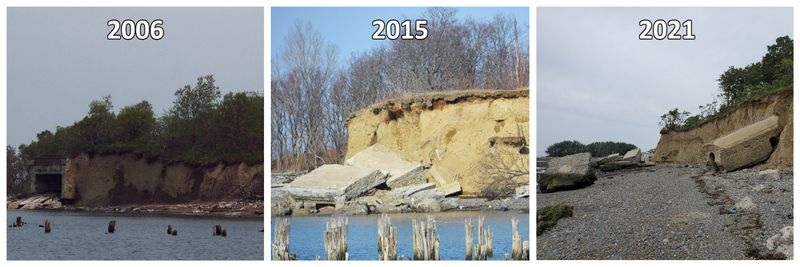
Did you know that popular trails in Massachusetts state parks now require restoration work costing thousands of dollars annually? Beaches face erosion accelerated by heavy foot traffic. Dunes protected by law get trampled by visitors seeking perfect photo spots. Freshwater resources in places like Martha’s Vineyard and Nantucket struggle to meet demand during peak tourist season.
Wildlife populations retreat from areas once rich with biodiversity. Fragile coastal ecosystems suffer from boats, kayaks, and paddleboarders disturbing sensitive habitats. Even well-meaning visitors contribute to cumulative damage when thousands follow the same paths through delicate environments.
Help preserve Massachusetts’ natural beauty by staying on marked trails, respecting wildlife viewing distances, and following Leave No Trace principles. Visit during off-peak times when nature can better absorb human presence without lasting damage.
Dear Reader: This page may contain affiliate links which may earn a commission if you click through and make a purchase. Our independent journalism is not influenced by any advertiser or commercial initiative unless it is clearly marked as sponsored content. As travel products change, please be sure to reconfirm all details and stay up to date with current events to ensure a safe and successful trip.